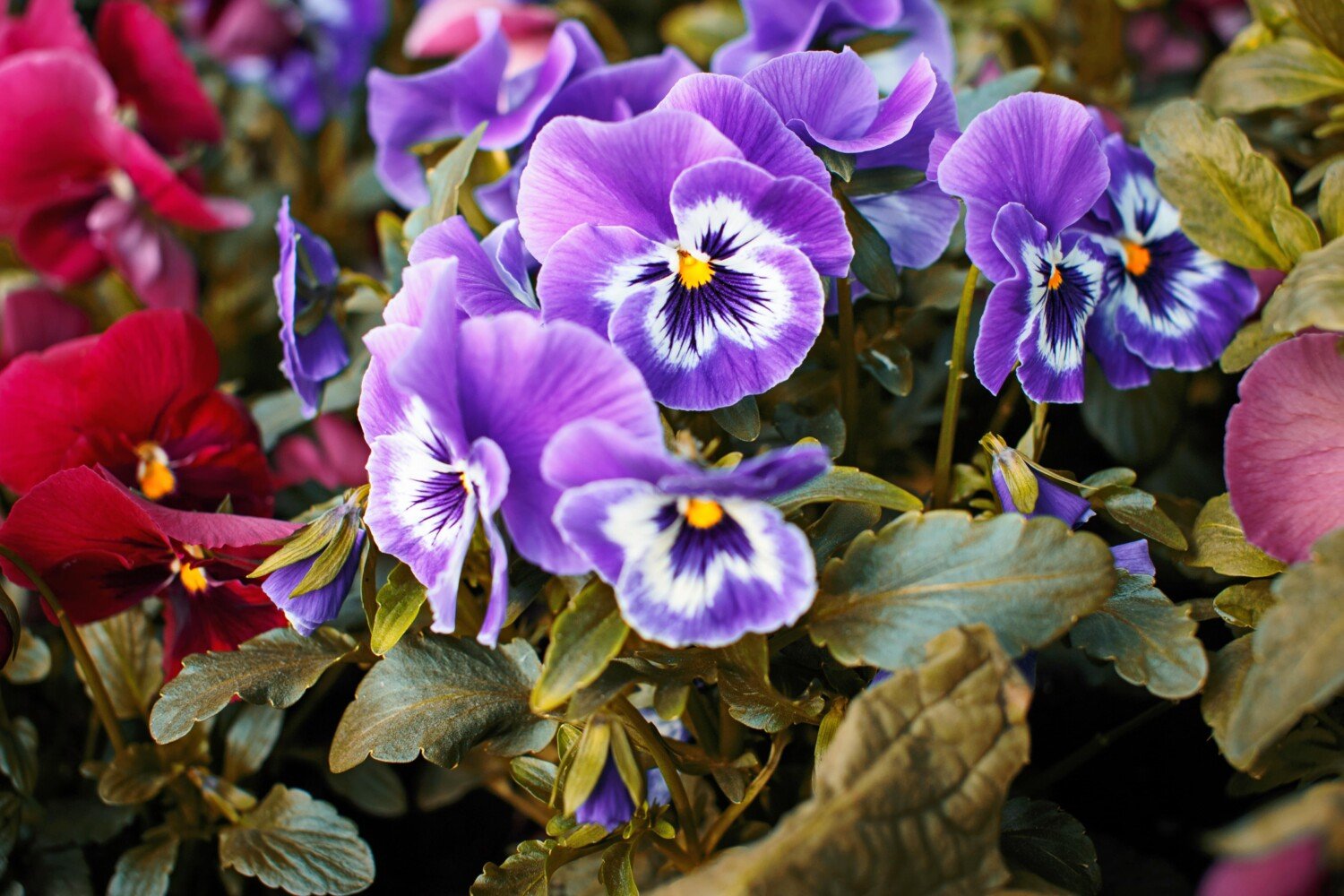
Growing African violets can be a rewarding experience, as these colorful and delicate plants can thrive indoors with the right care. Here’s a step-by-step guide on how to grow African violets easily:
- Choose the Right Pot: Select a pot with drainage holes at the bottom to prevent waterlogging, as African violets are susceptible to root rot. The pot should be slightly larger than the diameter of the plant’s root ball to provide ample space for growth.
- Use Well-Draining Soil: African violets prefer loose, well-draining soil that retains moisture without becoming waterlogged. Use a specialized African violet potting mix or create your own by combining equal parts peat moss, perlite, and vermiculite.
- Provide Indirect Light: Place your African violets in a location that receives bright, indirect light, such as a north or east-facing window. Avoid exposing them to direct sunlight, as it can scorch their delicate leaves. If natural light is limited, you can supplement with artificial grow lights.
- Maintain Consistent Temperature and Humidity: African violets thrive in temperatures between 65-75°F (18-24°C) and prefer moderate humidity levels. Avoid exposing them to drafts or sudden temperature fluctuations, as they can cause stress and leaf damage.
- Water Carefully: Water African violets from the bottom to prevent water from coming into contact with their leaves, which can cause unsightly spots and fungal diseases. Fill the pot’s saucer with water and allow the plant to soak it up through the drainage holes for about 30 minutes, then pour off any excess water.
- Fertilize Regularly: Feed your African violets with a balanced, water-soluble fertilizer specifically formulated for flowering plants. Dilute the fertilizer to half strength and apply it every 2-4 weeks during the growing season (spring and summer). Reduce feeding frequency during the winter months when growth slows down.
- Prune and Deadhead: Remove spent flowers and yellowing leaves regularly to encourage new growth and prolong blooming. Use clean, sharp scissors to snip off faded flowers and trim back leggy or overcrowded stems to maintain a compact and tidy appearance.
- Repot as Needed: Repot African violets every 1-2 years to refresh the soil and provide more growing space. Choose a pot that is one size larger than the current one and gently loosen the roots before transferring the plant to its new container. Water thoroughly after repotting and allow the plant to settle into its new home.
- Watch for Pests and Diseases: Keep an eye out for common pests such as aphids, spider mites, and mealybugs, as well as signs of fungal diseases such as powdery mildew or botrytis. Treat infestations promptly with natural remedies or insecticidal soap to prevent them from spreading.
- Enjoy the Blooms: With proper care, your African violets will reward you with colorful blooms throughout the year. Admire their beauty and take pride in your successful cultivation efforts, knowing that you’ve created a thriving indoor garden for yourself to enjoy.
By following these tips, you can grow African violets easily and enjoy their vibrant blooms year-round. With a little care and attention, these charming plants will brighten up your home and bring joy to your indoor garden.

0 Comments